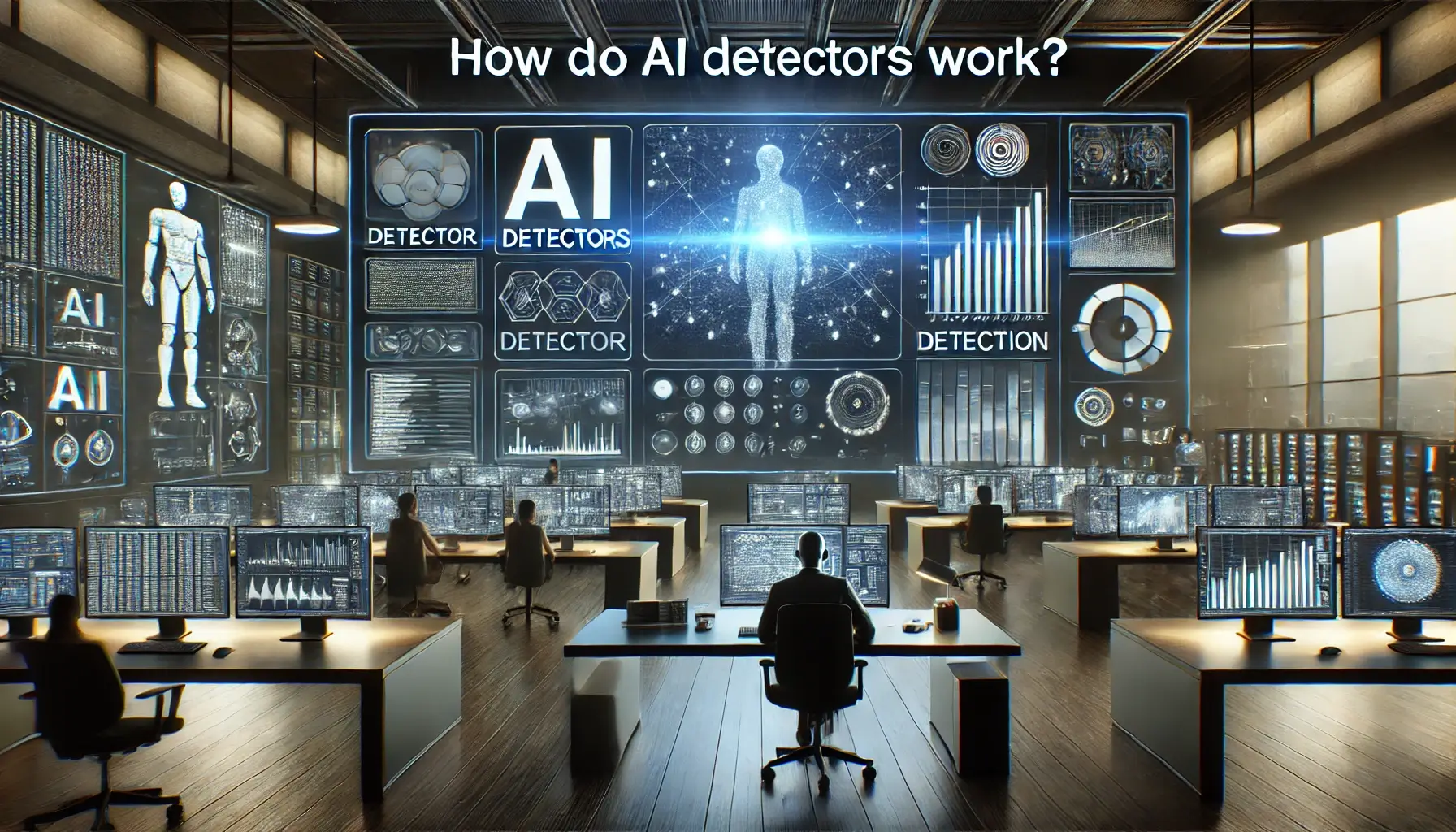The Rise of the AI Detector: How We’re Learning to Tell Machines Apart from Minds

In the early days of the internet, spotting fake news or automated messages was easy — they sounded mechanical, stiff, and slightly off. Fast-forward to today, and artificial intelligence can write essays, design art, and even hold conversations that sound more natural than a tired human on their third cup of coffee. The line between what’s human and what’s synthetic has nearly disappeared.
Enter the AI detector — the quiet gatekeeper of digital truth. It doesn’t wear a cape or shout for attention. Instead, it works in the background, scanning text and images for the invisible fingerprints of artificial creation. Its mission? To preserve authenticity in a world where algorithms are becoming poets, journalists, and salespeople.
The Modern Problem: When Machines Learn to Imitate Soul
Artificial intelligence has learned our rhythm — the pauses, the metaphors, the imperfections that make human expression beautiful. But there’s something it still struggles to replicate: intent.
An AI might describe a sunrise perfectly, but it doesn’t feel the warmth or the meaning behind it. That’s where the AI detector steps in — it reads between the lines, finding the subtle patterns that no human eye could catch.
Behind every AI detector lies a brain built on mathematics. It dissects sentence flow, word frequency, and syntax variation. It looks for clues — consistency where chaos should be, precision where emotion should flicker. When a text reads too smoothly, too balanced, too uniform — the detector raises its digital eyebrow.
The Silent War Between Creation and Detection
What’s fascinating about the evolution of the AI detector is that it mirrors the evolution of AI itself. Each time AI becomes more human-like, detectors become more sensitive. It’s a constant chase — a dance of deception and discovery.
You can imagine it as two artists painting on opposite sides of the same canvas: one trying to create flawless illusions, the other trying to reveal the brushstrokes underneath.
Today’s detectors are no longer simple keyword matchers. They use neural networks — the same kind of machine learning that powers the AIs they’re built to detect. They learn how AI thinks, and by doing so, they learn how to expose it.
Why the AI Detector Matters More Than Ever
It’s easy to say “AI detectors protect integrity,” but their real impact runs deeper.
In education, they help teachers differentiate between student effort and automation. In journalism, they defend truth in an era where fabricated articles can go viral in minutes. In marketing, they help brands ensure that what reaches their audience still carries human personality.
But maybe the most important role of an AI detector is philosophical. It reminds us that while machines can create, they don’t understand. They imitate emotion — they don’t feel it. They mirror creativity — they don’t crave it.
Beyond Detection: The Next Chapter
As AI becomes increasingly embedded in daily life, the future of AI detection will likely shift from exposure to collaboration. Instead of hunting AI content, we’ll balance it. Detectors will evolve into AI transparency tools, helping creators disclose when and how they used artificial intelligence in their process.
Imagine reading an article with a small note saying, “This paragraph was enhanced by AI.” That level of openness could redefine digital trust. We won’t need to fear machine involvement — we’ll just expect honesty about it.
The Paradox of AI Detectors
There’s irony here. Many AI detectors are powered by AI themselves. Machines are being trained to recognize their own kind — a bit like robots developing self-awareness, but without the Hollywood drama. This self-referential loop shows how intertwined human and machine creativity has become.
We are teaching machines to create and, simultaneously, to confess.
The Human Edge
No matter how advanced technology becomes, there’s a quality it can’t reproduce: imperfection. A sentence slightly too long. A metaphor that doesn’t quite land. The raw rhythm of thought spilling onto a page.
These quirks are what make writing human.
That’s what AI detectors are really defending — not just data accuracy, but humanity itself. They preserve the messy brilliance of the human mind, ensuring that authenticity doesn’t vanish in the smooth precision of machine logic.
Final Thought
The AI detector isn’t the enemy of progress. It’s a mirror reminding us to stay real while embracing innovation. As AI grows smarter, humanity’s responsibility isn’t to outwrite the machine — it’s to write with heart, emotion, and truth that no algorithm can counterfeit.
In the end, the future won’t belong to AI alone. It will belong to those who know how to blend the intelligence of machines with the soul of human creativity — and to the detectors that make sure we never lose sight of the difference.
- Art
- Causes
- Crafts
- Dance
- Drinks
- Film
- Fitness
- Food
- Jocuri
- Gardening
- Health
- Home
- Literature
- Music
- Networking
- Alte
- Party
- Religion
- Shopping
- Sports
- Theater
- Wellness


